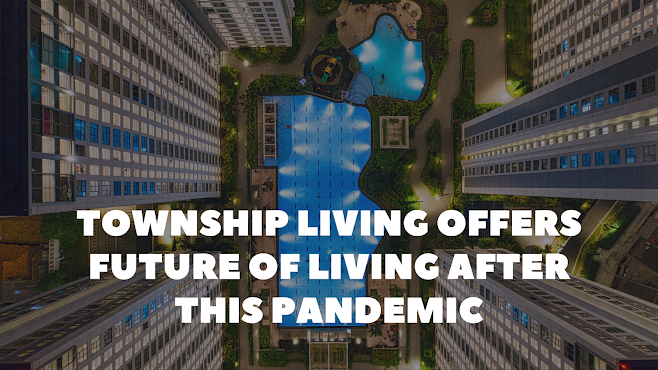How Virtual Reality is Changing the field of Real estate
At the opening of the year, the real estate division that was already going through a dull time of a slowdown was holding great hope in 2020. The Residential and Commercial Real estate sector was expecting a revival. The markets showed signs of Statistical growth in the first quarter and it seemed that the rise would keep up the momentum.
However, as the nationwide lockdown was commanded in March, the adverse impact was visible in the $180 billion premium housing market as well. COVID-19 has been a destabilizing agent since. In most major markets, sales have plunged by around 60 percent in the last half of the year.
As business activities were held back across the country, the sector will continue to suffer from muted demand for some more time and it may take at least two quarters to normalize.
Speaking of which, here are some trends that are sure to stay:
The pandemic has resulted in digitization and huge technological adoption in the Real estate sector. From sales and marketing to collections and CRM support, technology is playing an important role throughout the business.
At a time, when physical interactions are restricted, online media will play an important role in fueling marketing activities. Besides digital marketing, there is a jump in online content and social media. Similarly, in CRM, we are seeing API integration, which is bringing the entire operational process online.
Going forward, virtual reality will be used for property showcase digitally without the need for repeated real-time site visits. The millennial population is primarily responsible for the change. The recent success of virtual property shows and the growing popularity of webinars guarantees to this trend.
The Online-to-Offline (O2O) model will be inclined towards the online medium with actual site visits now getting pushed back to the final stage of decision making.
Demand patterns will evolve
The pandemic has challenged the popular notion to own a home in the central part of town. With the rising work-from-home culture, people will now opt for larger homes in the outskirts. Going forward, new launches may take place in the periphery. Interest in township living is also on the rise.
In the new normal, buyers are looking at second homes, independent farmhouse living, and weekend homes.
Should buyers expect price cuts?
Property prices have already been corrected over the years and an additional decline may not be feasible. The price of land, too, is unlikely to come down. Large scale disruptions, increasing labor, and construction material charges are all going to add up to costs.
Attractive schemes are here to stay
To push demand, developers will continue to provide attractive schemes. Some freebies such as registration charges, club membership fees, and other facilities may be offered. There may also be some innovative transaction plans.
Government intervention is the need of the hour
The Real estate industry constitutes around 8 percent of India’s GDP. Governments, both at the central and state level, must provide a policy force to drive demand.
We at Shree Balaji Group are accustomed to providing nothing but the best to our customers. Luxury, Location & Convenience at your doorstep. If you belong to those who have a luxury niche, the life that will suit you, you can check out the premium luxury apartments in Vadodara|Mehsana|Ahmedabad by the one and only Shree Balaji Group.




Comments
Post a Comment